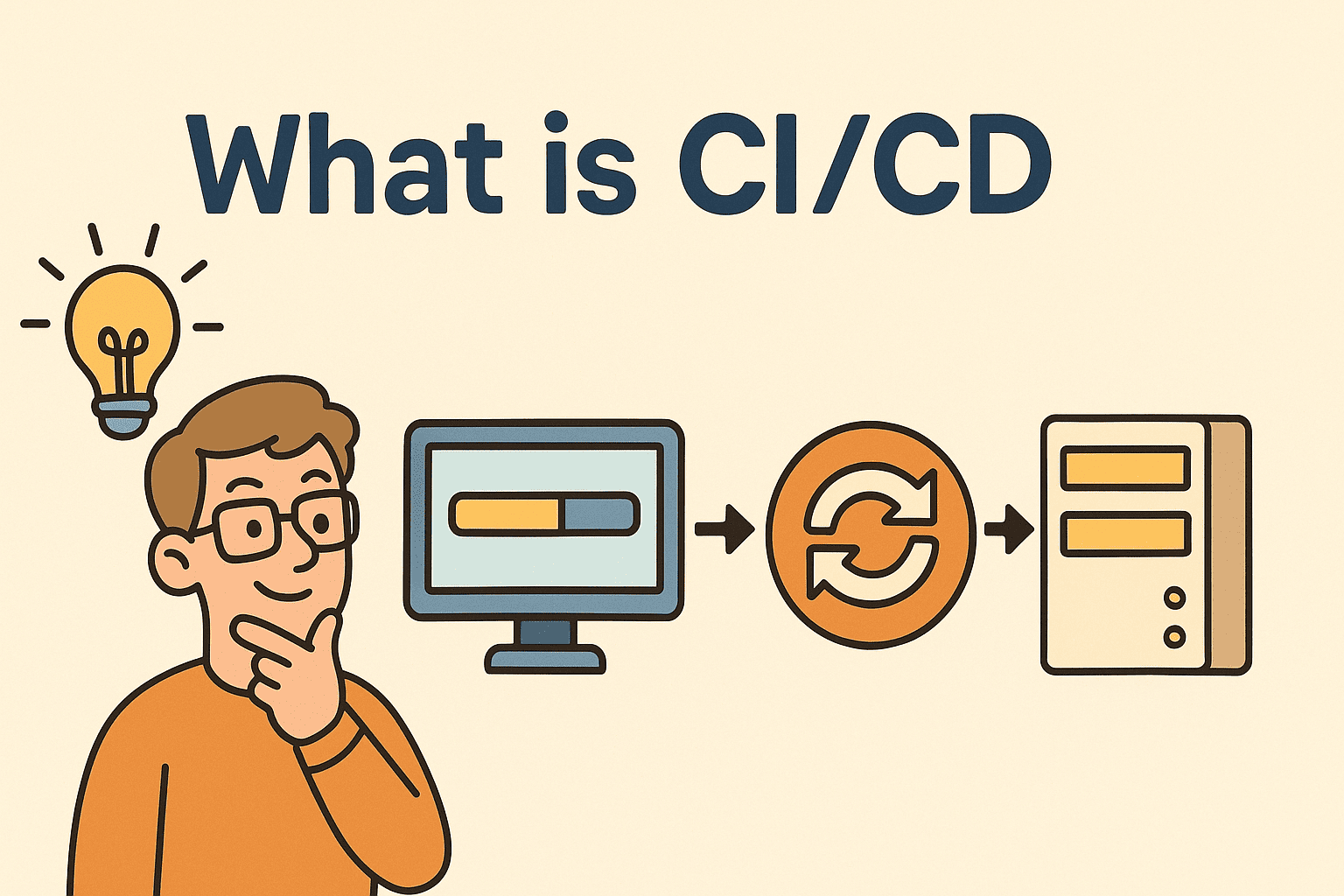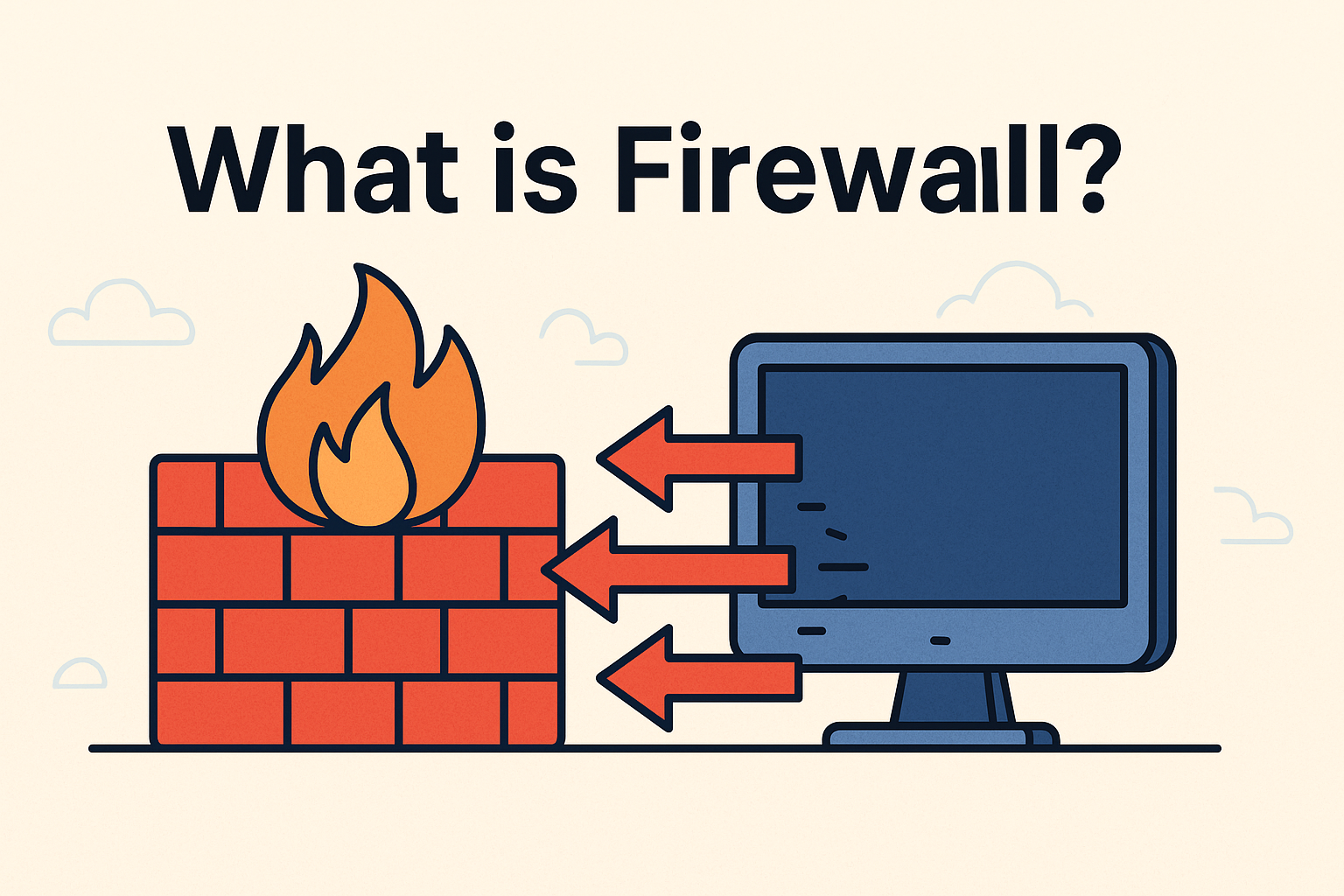Why You Should Care About CI/CD
Updated on July 8, 2025, by ITarian

Ever wondered how top tech companies release updates so fast without breaking things? The secret lies in a streamlined software delivery process called CI/CD—short for Continuous Integration and Continuous Deployment. Whether you’re an IT manager, cybersecurity expert, or CEO, understanding what CI/CD is can be your gateway to faster innovation, improved software quality, and tighter security.
In this article, we’ll break down what CI/CD means, how it works, and why it’s a must-have in today’s security-conscious, automation-driven tech landscape.
What Is CI/CD?
CI/CD stands for Continuous Integration and Continuous Deployment (or Delivery, depending on your setup). It’s a DevOps methodology focused on automating the entire software release pipeline—from code commits to production deployment.
Breaking It Down:
- Continuous Integration (CI): Developers regularly merge code changes into a shared repository. These changes are automatically tested to ensure they don’t break the application.
- Continuous Deployment (CD): Once code passes all tests, it’s automatically deployed to production—no manual intervention needed.
Think of CI/CD as the assembly line of modern software development—efficient, repeatable, and scalable.
Why CI/CD Matters in DevOps Automation
1. Speed and Efficiency
CI/CD pipelines accelerate development by automating repetitive tasks like building, testing, and deploying code. This reduces time-to-market significantly.
2. Risk Mitigation
Security vulnerabilities and bugs are caught early, thanks to automated testing. This aligns perfectly with cybersecurity objectives of reducing exposure.
3. Developer Productivity
Developers can focus on writing code, not managing deployments or fixing broken environments. The result? Higher morale and better software.
4. Scalability
Whether you’re a startup or a Fortune 500 company, CI/CD pipelines can scale with your needs. Automation allows teams to handle complex deployments with ease.
The CI/CD Pipeline Explained
A CI/CD pipeline is the automated series of steps that take code from version control to production. Here’s a typical flow:
Stages of a CI/CD Pipeline:
- Source Stage: Code is pushed to a version control system (e.g., Git).
- Build Stage: The system compiles the code and packages it.
- Test Stage: Automated unit and integration tests are run.
- Deploy Stage: Code is deployed to staging or production.
- Monitor Stage: Logs and metrics are analyzed for performance and security issues.
Image Source: Red Hat – Free to use with attribution
CI/CD and Cybersecurity: A Powerful Duo
Security is no longer a post-deployment concern. With CI/CD, security checks are embedded right into the pipeline:
- Static Code Analysis detects vulnerabilities before the build phase.
- Automated Security Tests ensure compliance with industry standards.
- Audit Logs help track changes and actions for accountability.
This DevSecOps approach enables organizations to maintain compliance, speed, and safety simultaneously.
Real-World Use Case: CI/CD in Action
A cybersecurity firm rolled out an endpoint protection update using a CI/CD pipeline:
- The development team pushed updates to a GitHub repo.
- Jenkins automatically built and tested the code.
- Successful builds were deployed to production with zero downtime.
- Users received updates seamlessly, and vulnerabilities were patched in hours—not weeks.
This is DevOps Automation at its best.
Advantages of CI/CD for IT Leaders & Security Teams
| Benefits | Impact |
| Faster Releases | Reduce time-to-market by 30–70% |
| Higher Code Quality | Fewer bugs, more stability |
| Improved Security Posture | Catch issues before they reach prod |
| Better Resource Utilization | Free up teams for strategic initiatives |
How to Get Started with CI/CD
Step-by-Step CI/CD Implementation:
- Choose a Version Control System – Git is the most common.
- Select a CI/CD Tool – Jenkins, GitLab CI, CircleCI, etc.
- Automate Builds and Tests – Integrate testing early.
- Secure Your Pipeline – Add scanning tools and access controls.
- Deploy in Stages – Use staging environments before production.
Common CI/CD Tools
- Jenkins – Highly customizable open-source tool.
- GitLab CI – Integrated with GitLab for seamless pipelines.
- CircleCI – Great for container-based workflows.
- Azure DevOps – Enterprise-grade for large-scale environments.
- GitHub Actions – Ideal for GitHub-hosted repos.
Each tool supports automation and security integrations tailored to modern DevOps needs.
FAQs About CI/CD
1. What is the difference between CI and CD?
CI focuses on merging and testing code frequently, while CD automates deployment to staging or production environments.
2. Is CI/CD only for developers?
No. CI/CD also benefits operations, QA, and security teams by automating manual tasks and ensuring reliable releases.
3. Can CI/CD improve software security?
Yes. CI/CD enables early detection of security flaws and integrates security testing into the development cycle.
4. How does CI/CD reduce downtime?
Automated deployments and rollbacks ensure faster recovery and minimal disruptions during releases.
5. Do I need DevOps to implement CI/CD?
While DevOps complements CI/CD, many organizations adopt CI/CD first as a stepping stone to full DevOps practices.
Final Thoughts: CI/CD Is the Future of Secure, Scalable Software
In today’s digital economy, CI/CD is not a luxury—it’s a necessity. For IT leaders, cybersecurity pros, and forward-thinking CEOs, it offers a blueprint for fast, secure, and continuous innovation.
Ready to automate your software delivery pipeline and boost security?
👉 Start your free trial with Itarian today!














